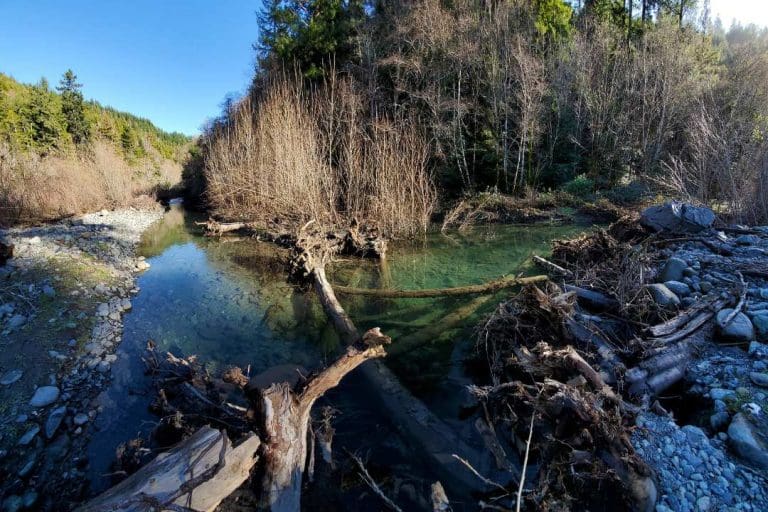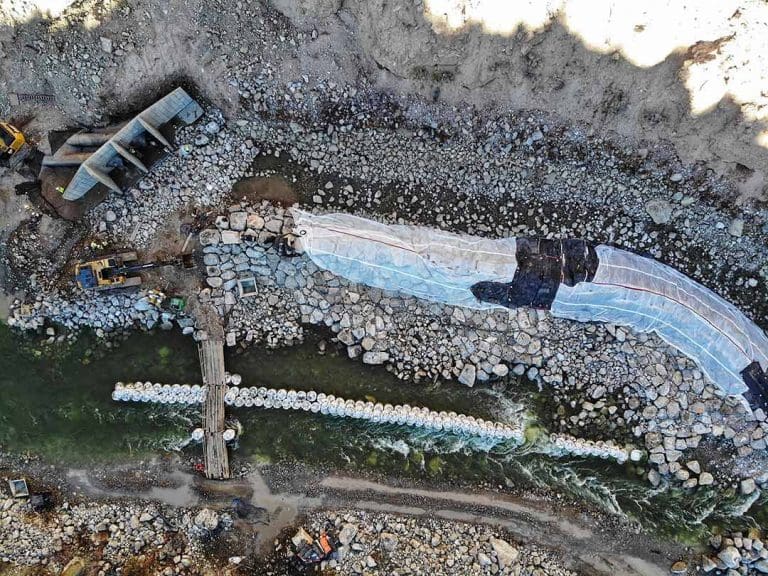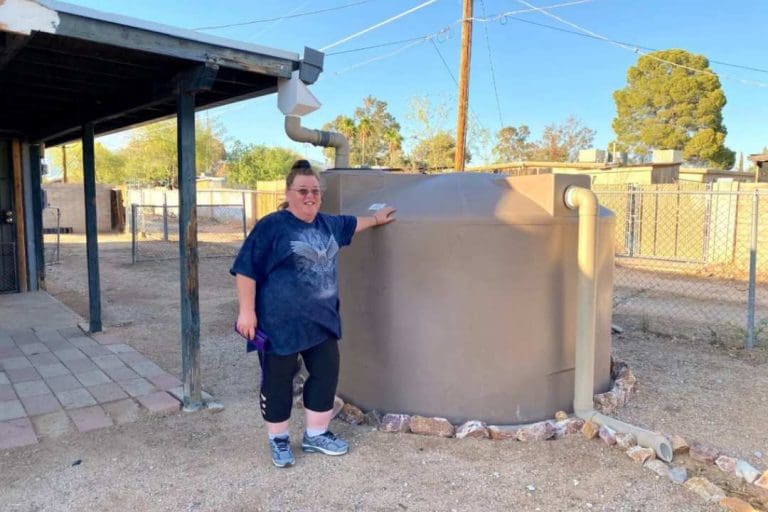Just Infrastructure from Drought to Deluge
Climate change has unleashed weather whiplash across the U.S., stressing aging infrastructure and putting the water we drink, nature we love, and places we live at risk.
But funding from the Bipartisan Infrastructure Law (BIL) and Inflation Reduction Act (IRA) is helping communities adapt to a climate changed world by making the most of every drop of rain and snow that falls.
Green infrastructure is using natural features to slow and sink rainwater close to the source. By increasing our investment in rainwater and stormwater as a water resource, we can nearly double our local supplies… really start to achieve true water resilience."
-Catlow Shipek | Policy and Technical Director, Watershed Management Group
Why do we need just infrastructure?
The Colorado River that supplies drinking water to millions of people across seven states and Mexico is dwindling. While record snowpack raised the river in 2023, climate-driven warming will continue to shrink its flow.
New federal infrastructure funding is helping Western communities prepare with projects that protect water at the source, and support wise use and reuse. Upstream, conservation groups are restoring the forests and wetlands that feed rivers, and planting trees to shade and stabilize stream banks. Downsteam, cities and farms are working to stretch water supplies and soak up rain and runoff.

Funding opportunities
Drought and weather whiplash response in action

Restoring a cold water salmon stream
The Yurok Tribe, in partnership with Western Rivers Conservancy and others, recently reacquired over 14,000 acres of ancestral homelands along lower Blue Creek. The Tribe is restoring the former logging site as a salmon and forest sanctuary, completing the protection of this vital cold water salmon stream from the Siskiyou Wilderness all the way to its confluence with the Klamath River.
Funding from the Bipartisan Infrastructure law will support restoration projects to make the creek more resilient to drought, heat, and flooding. This is just one of many projects in the Klamath Basin receiving federal support to restore salmon habitat, and ensure local tribes have access to traditional foods vital to their health and culture.
Modernizing agricultural diversion in Maybell, CO
Northwest Colorado’s Yampa River supports abundant fish and wildlife, boating, ranching, and many other uses. Similar to most Western rivers, climate change and long-term drought are impacting riparian habitat and environmental flows.
Funding from the Bipartisan Infrastructure Law supported a collaboration between The Nature Conservancy and Maybell Irrigation District to modernize the largest diversion in Moffat County and benefit agriculture, recreation, and fish passage.
A combination of federal, state, local, and private funding covered costs of constructing a new headgate and improving fish passage and safe boat movement through the Maybell Diversion structure on the Lower Yampa. It also funded a new remotely-operated headgate so that ditch flows can be adjusted to meet the needs of native fish and local farmers.


Catching rain to help cool Tucson neighborhoods
Bipartisan Infrastructure Law funding is infusing more money into a Tucson grant and loan program for low-income Tucson families to install cisterns and rain gardens that will catch and store rain for gardening, reducing pressure on the city’s drinking water, which comes from a local underground aquifer and the overtapped Colorado River.
Program participants receive free design services to maximize water capture and can also receive four drought-tolerant trees or shrubs for their properties, helping to reduce urban heat in a city that regularly reaches triple digit temperatures.
Tucson has a number of programs to incentivize green infrastructure, but many are for public property and the other program requires homeowners to front the costs and await rebates. By providing upfront funding, this program makes water harvesting accessible to families that could not previously afford them.
Storytelling resources
To help move media and policymakers, we collaborated with cultural organizers and artists to develop artwork and media materials to communicate why we need smart investments for drought and weather whiplash.
Use these materials to tell the story on why we need Just Infrastructure for drought and weather whiplash
Fact Sheet
From Drought to Deluge
Message guidance:
Drought and Weather Whiplash




